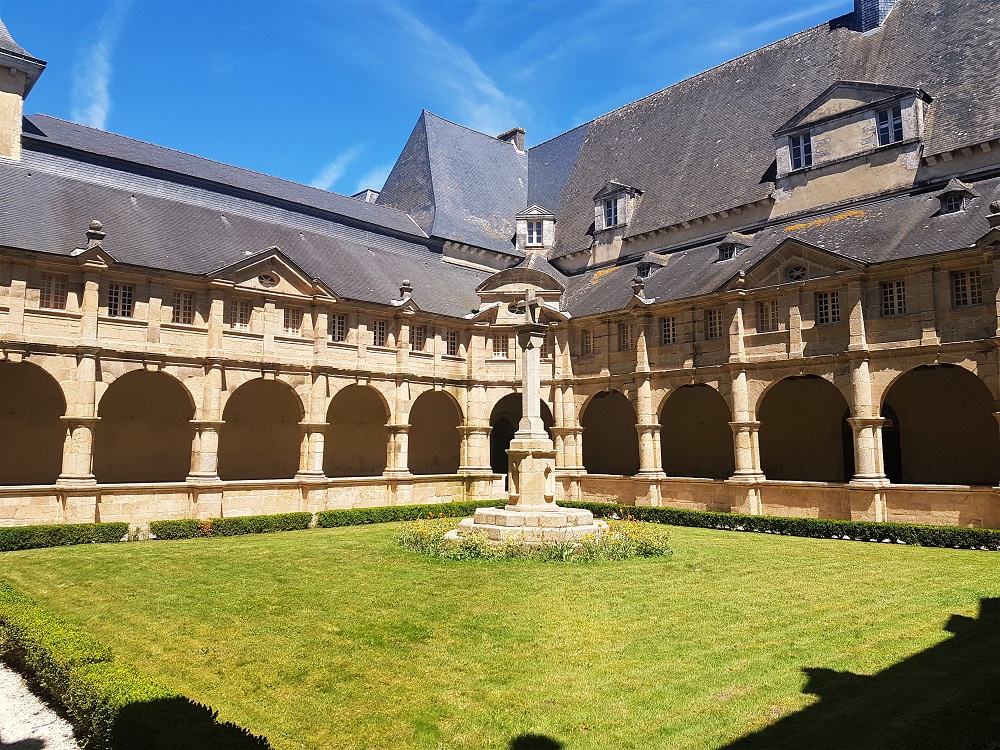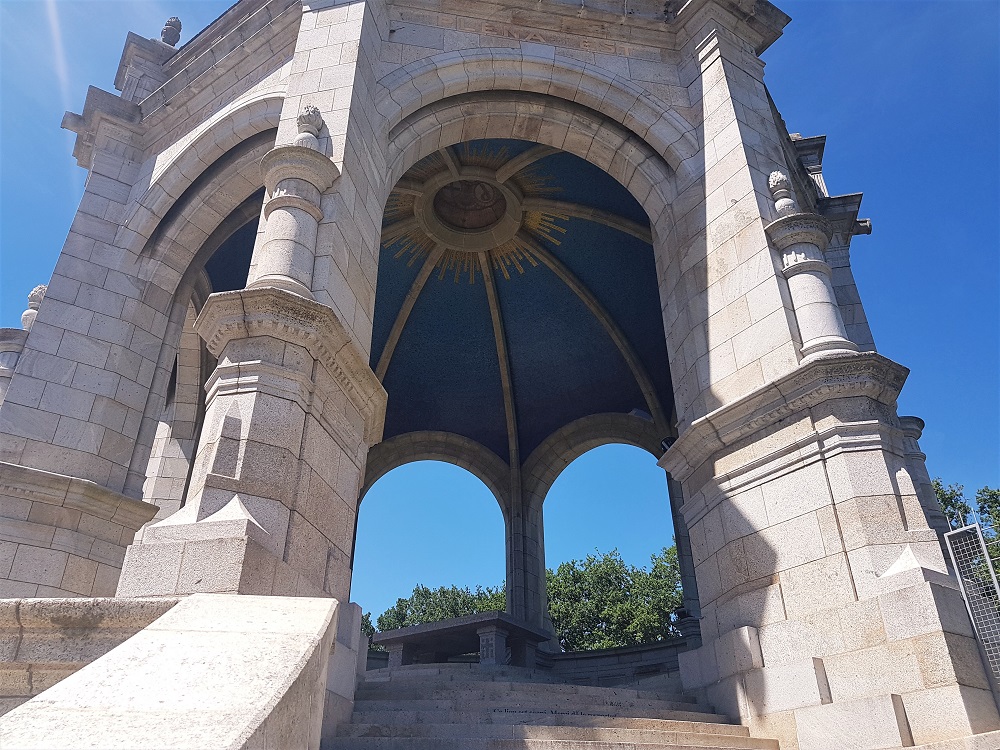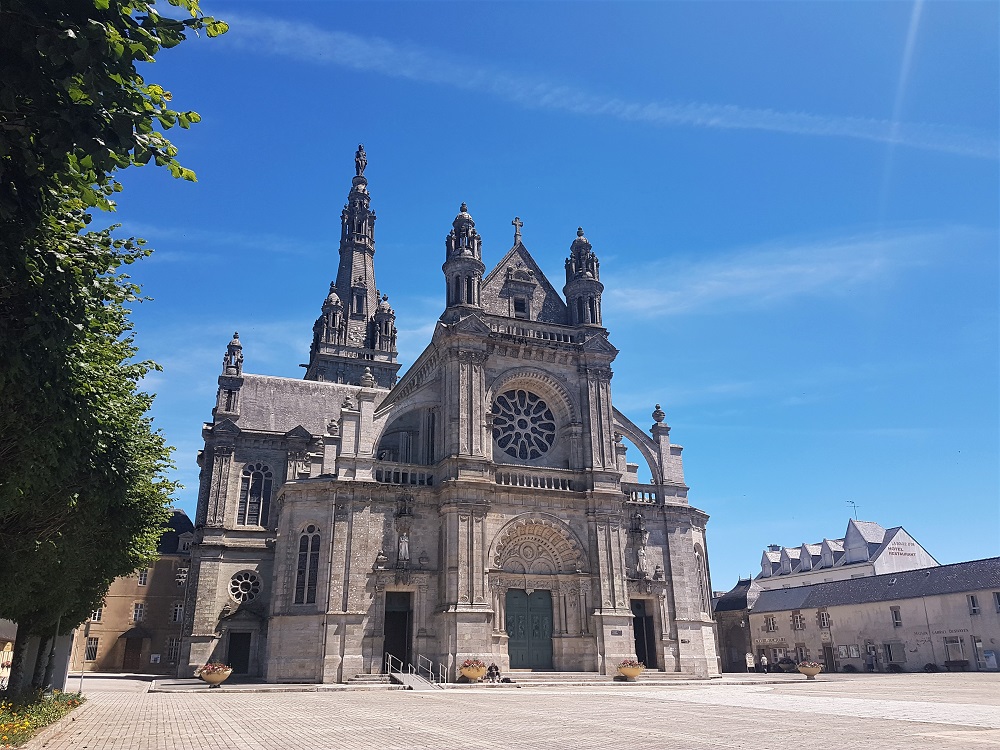The sleepy, unassuming Breton village of Sainte-Anne-d’Auray is the unlikely home of one of France’s most significant pilgrimmage sites.
On driving into Sainte-Anne-d’Auray, it seemed like any other quiet village in the Morbihan countryside – until, that is, we came upon the massive basilica that dominates its centre.
Sainte-Anne-d’Auray’s claim to religious fame dates back to the 17th century when a local farmer, Yves Nicolazic, claimed he’d repeatedly seen the Virgin Mary’s mother St Anne, who told him to build a chapel on the site.
When a statue was found on the spot St Anne indicated, a church was built (it was replaced by the present grey stone basilica in 1872).
In 1999, Pope John Paul II visited Sainte-Anne-d’Auray, further cementing its place as one of the most important religious sites in France.

After parking our car in a small car park behind the basilica, we began our visit by making our way inside the cloisters (above). The cloisters, while handsome, were fairly simple and housed a small chapel, the Chapel of the Immaculate.
From the cloisters, we headed outside to explore the grounds surrounding the basilica, passing a number of monks as we went, who I presumed had just had lunch.

Our destination was the huge, poignant memorial to the 250,000 Bretons who lost their lives in the Second World War (above and below).

The walls surrounding the memorial featured the names of around 8,000 of those who died. It was humbling to see so many names and I was particularly saddened to see so many members from the same families commemorated, including a number of fathers and sons.
From the memorial, we continued our stroll around the parkland surrounding it. The extensive grounds are home to some enormous statues (above, left), as well as a massive archway (above, right) that offers a superb view of the basilica.

Having explored all there was to see outside, we decided to make our way inside the church (above). The basilica is an enormous, impressive affair and is certainly worthy of such an important religious site.

Inside, the basilica boasts a high vaulted ceiling, a magnificent altar (above) and a shrine to St Anne. It’s also home to Yves Nicolazic’s tomb (below), along with a petition you can sign to help get him beatified.
Despite its size, the basilica was not as sumptuous and ostentatious as I was expecting and nowhere near as splendid as the basilica at Lourdes, so I was oddly left feeling a little disappointed.
Sainte-Anne-d’Auray is a fascinating place and I was taken aback by the enormity of its elegant basilica and grounds.
It may not be quite as mind-blowingly impressive as Lourdes, but it’s nevertheless a memorable and noteworthy religious site, and I was glad we’d paid it a visit.






